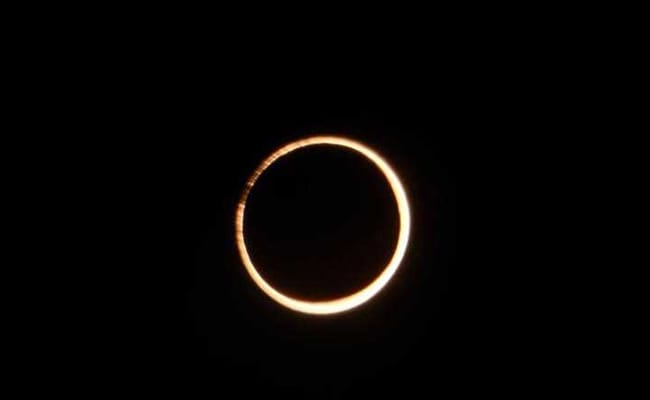
During an afternoon solar eclipse six years ago, a pair of mating gibbons sang an unusual tune.
On April 8, skies across North America will usher in a total solar eclipse, turning day into night, an astronomical spectacle that will fascinate astronomical observers.
A total solar eclipse occurs when the moon is closer than average to the Earth and passes directly between the Earth and the sun, blocking sunlight and casting a shadow on the Earth’s surface.
This year, the spectacle at the highest peak is expected to last up to 4 minutes and 28 seconds in complete darkness. That’s twice the duration of the 2017 total solar eclipse that darkened U.S. skies.
According to the Associated Press, researchers will be on standby at the Fort Worth Zoo in Texas to observe how animals’ living habits are disrupted during this year’s total solar eclipse.
Earlier, they discovered strange animal behavior at a zoo in South Carolina during the 2017 solar eclipse.
“To our surprise, most of the animals did surprising things,” said North Carolina State University researcher Adam Hartstone-Ross.
During the 2017 solar eclipse, Hartstone-Rose and his team compared the behavior of 17 species, including mammals, birds and reptiles, at the Riverbank Zoo in South Carolina. The results showed that about 75% of species showed behavioral responses to the eclipse, “with the majority of the animals displaying their established evening or nocturnal behaviours”.
How did animals react to the 2017 solar eclipse?
Hartstone-Ross asserts that Galapagos tortoises in zoos “usually do nothing all day long…and during the peak of the eclipse, they all start breeding.” The reason behind this is unclear.
He added that during an afternoon solar eclipse six years ago, a pair of mating gibbons sang an unusual tune, while several male giraffes began running with “visible anxiety.”
Total solar eclipse 2024
The upcoming total solar eclipse in April provides Hartstone-Rose and his team a new opportunity to study similar species in Texas and investigate whether the behavior they previously witnessed in South Carolina is indicative of a larger model.
Other similar zoos along the way invite visitors to help track the animals. These include zoos in Arkansas, Toledo, Ohio and Indianapolis.
In addition, this year’s solar eclipse in North America took a different route than the 2017 eclipse and occurred in a different season, providing researchers and scientists with the opportunity to observe new habits, according to the Associated Press.
Jennifer Tsuruda, an entomologist at the University of Tennessee, observed a bee colony during the 2017 solar eclipse. “This is really a high-risk thing. The time we observed them was so short that we couldn’t repeat the experiment,” she said.
The last total social eclipse in the United States occurred in August 2017. The upcoming total solar eclipse on April 8 provides further opportunities for researchers to ask questions, including potential impacts on spring migration.






